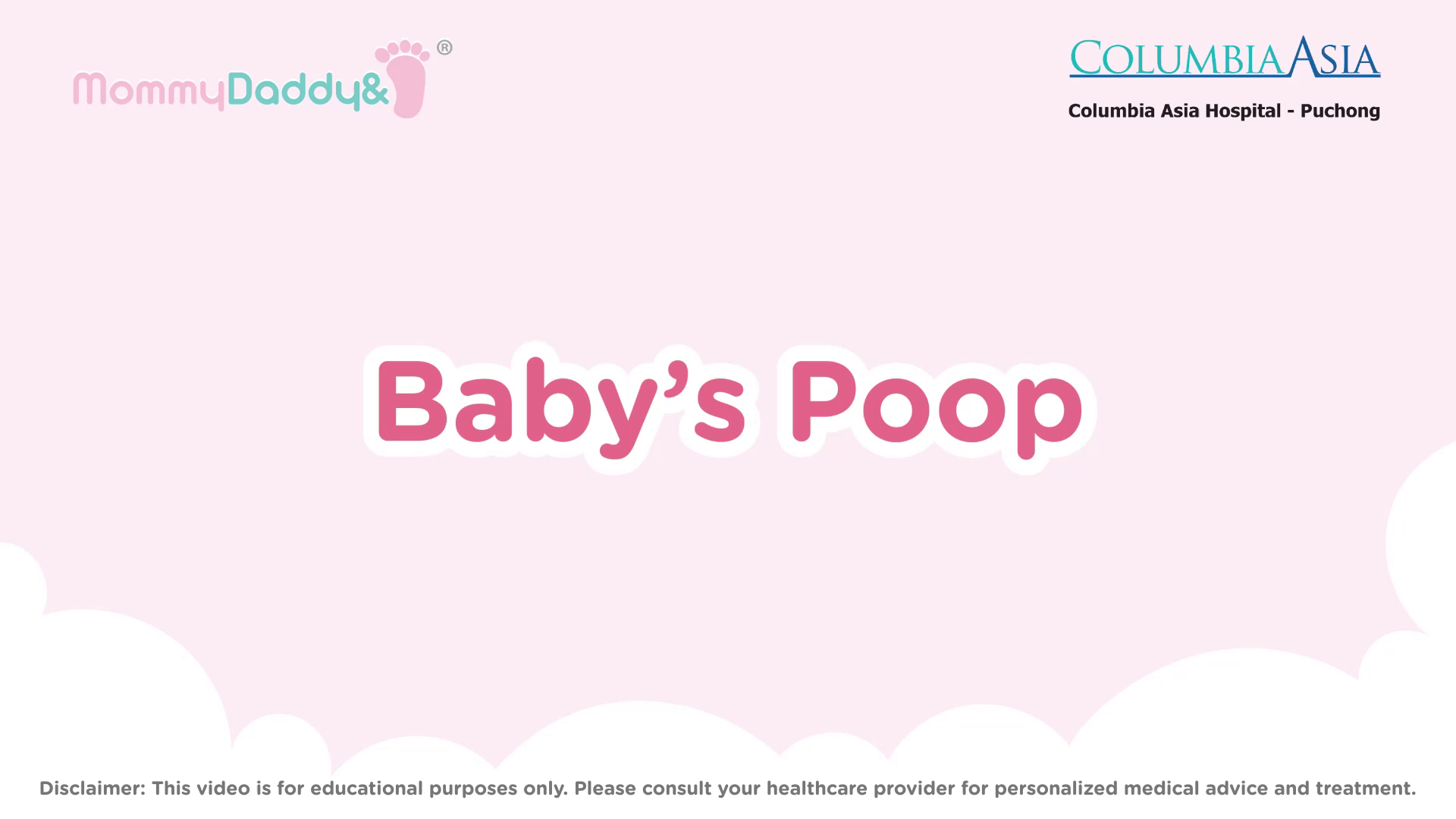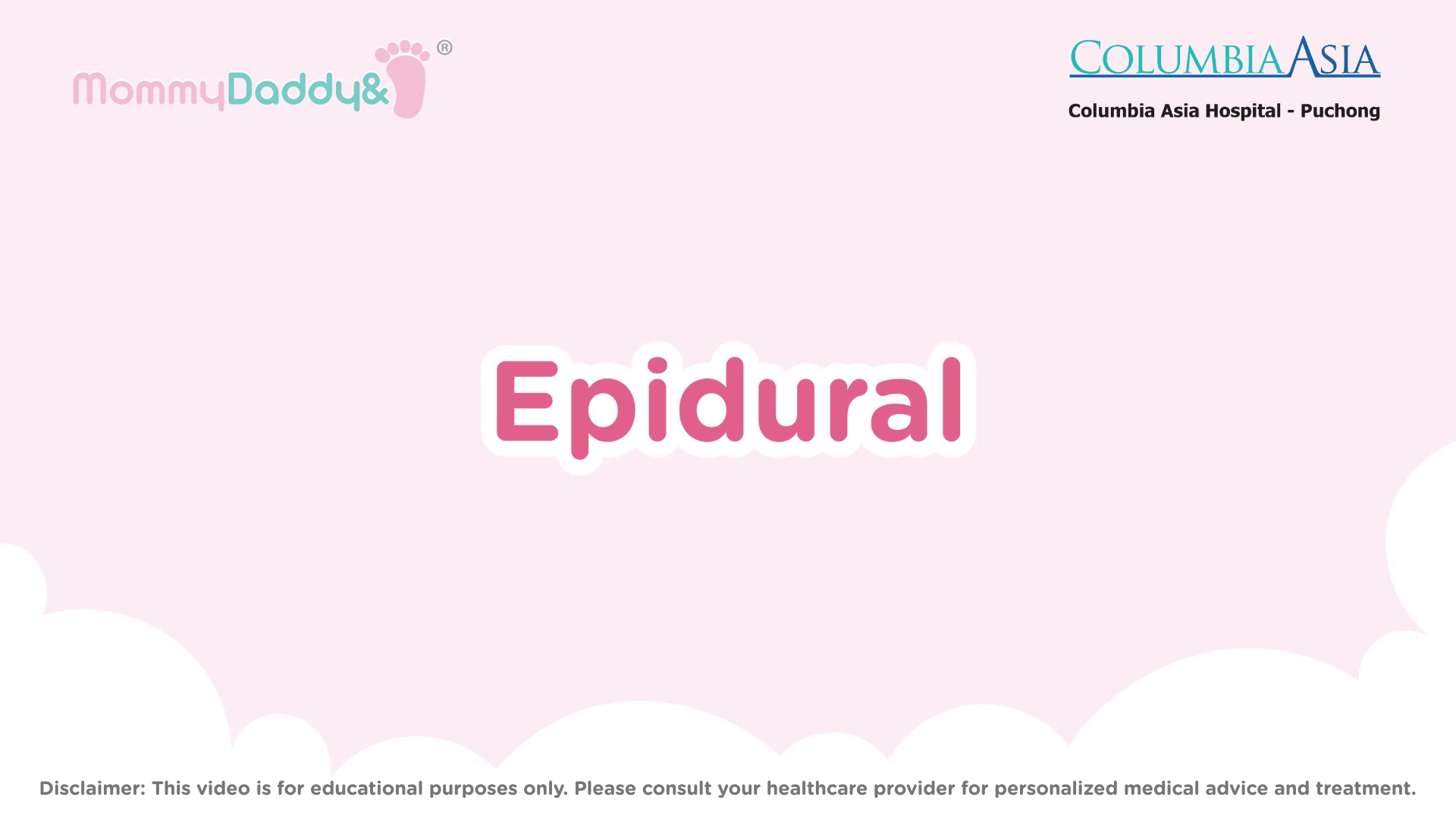
Babies' Poop - A Guide for Worried Parents
Being a new parent is not easy. You are always worried about your baby and their well-being. One of the common concerns for new parents is their baby's poop. How do you know if your baby's poop is normal? Should you be worried about the color, consistency or amount of poop your baby is producing?
Amount of Poop:
When you open your baby's diaper, you should check the amount of poop your baby is producing. If the poop is just a little smear, then it's okay. However, if the poop is more than 50%, it may be a sign of concern.
Consistency of Poop:
Initially, a baby's poop is watery, and as the baby grows, it becomes more solid and formed. Hard stool is not desirable at all. If you see hard stools, it's time to see a doctor to find out what the problem is and help your baby.
Color of Poop:
The initial color of your baby's poop is black meconium or dark green. As the milk intake improves, the color changes to yellow or orange, which looks like mustard. Green poop usually happens when the intestines move too fast, and there is no time for the bile to change the color from green to yellow. Brown poop is more common in babies who are eating solid food.
Meconium, which is the initial stool, is only seen in the first few days, maximum three days. Clay-colored poop is quite dangerous, indicating that the baby has a liver problem. If you notice clay-colored stools, see a doctor to find out or do some blood tests, ultrasound to identify and solve the problem.
It's normal to be concerned about your baby's poop, but using the Amsterdam Stool Scale will give you a better idea of what's normal and what's not. If you're still concerned, don't hesitate to contact your pediatrician. Remember, your baby's poop is an essential indicator of their overall health, so it's better to be safe than sorry.

